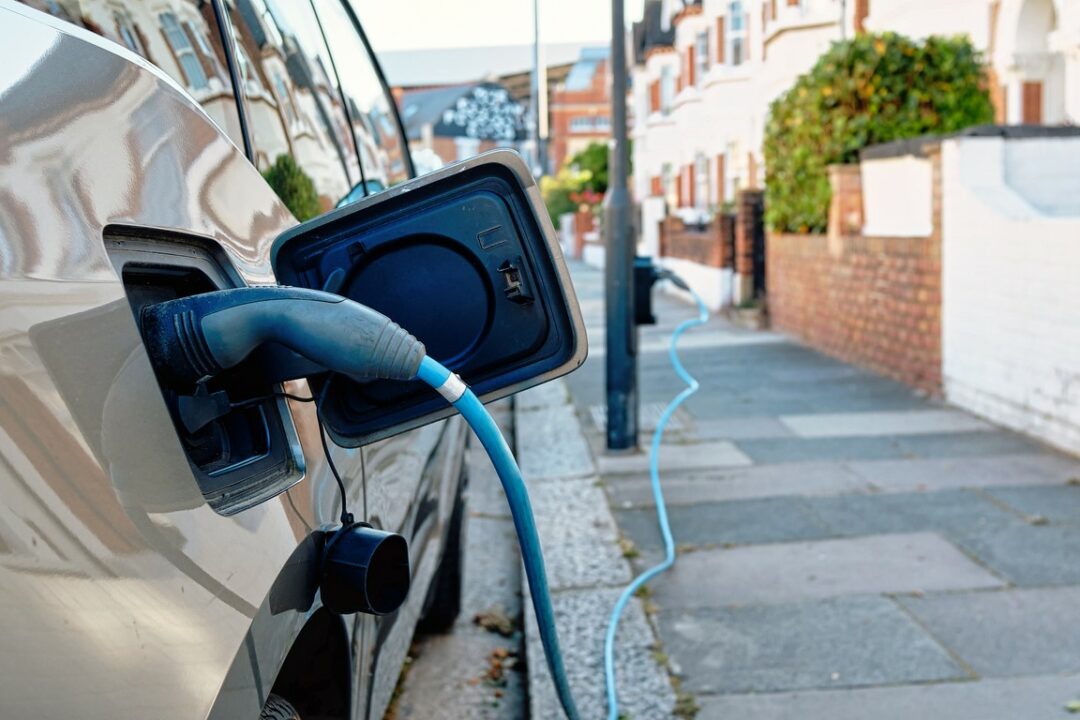
Global momentum toward sustainable transportation, propelled by government initiatives and consumer demand, has catalyzed the rise of electric vehicles. In the U.S. under the Biden Administration, there has been a 70% increase in publicly available charging ports.
The trend is no longer confined to the consumer automotive sector; the commercial vehicle sector is following suit. The recent Busworld exhibition in Brussels bore testament to the transformation, with a conspicuous absence of diesel vehicles among the 200 buses that were showcased. Instead, the emphasis was on electric and hydrogen-powered alternatives. This change is all the more remarkable, given that the size and weight of these vehicles make them less suitable for electrification.
While welcome from a sustainability perspective, the shift creates challenges for companies that supply traditional components and the original equipment manufacturers that rely on them. The intricate components that make up the internal combustion engine are rendered obsolete in the EV domain. For instance, while an electric powertrain typically has a mere 20 parts, its ICE counterpart has around 2,000.
Companies like Dana Inc., a stalwart in axle and driveshaft manufacturing, are redirecting their focus toward electric vehicles and associated components. In a recent feature for the New York Times, the company’s chief executive officer said the choice was between adaptation and obsolescence: “Sooner or later, you’d be a melting iceberg.”
Additional repercussions can be seen in the labor market. Forecasts indicate a looming specter of job losses, with the automotive sector already feeling the impact. The Center of Automotive Management in Germany projects a 20% workforce decrease among suppliers due to the shift toward EVs.
A recent report from McKinsey & Company underscores two critical risks for suppliers. The first is “diseconomies of scale.” As the supply of ICE components dwindles, their price will inevitably increase. The second risk is the prospect of recalls and aftermarket shortages post-2030.
A consequence of some suppliers shifting resources away from traditional components in favor of e-mobility is the growing difficulty in sourcing components. When a major parts supplier suddenly discontinues a key component, OEMs and tier-one suppliers find themselves scrambling for alternatives, even as they face the dual risks of diseconomies of scale and recalls.
While EV and advanced electric components will occupy a growing market share, core components such as suspension and steering parts will still represent a larger, albeit decreasing, share of the market. Some will need to be adapted. We’re seeing, for example, enquiries about reducing the weight of traditional components like sliding shafts.
In the short term, the chassis and body structure of EVs won’t change fundamentally from that of their ICE predecessors. Thus, there will be a continuing need for parts suppliers to offer flexibility, able to supply components for both ICE and electric vehicles.
Unfortunately for many of the biggest suppliers, such an approach isn’t the most commercially advantageous strategy. Large-volume parts suppliers are likely to put most of their eggs in the e-mobility basket, and significantly cut production of traditional components like steering drag links or steering gears. This scenario is already beginning to unfold, and is forcing smaller manufacturers and aftermarket suppliers to seek alternative supply to service existing fleets and lower-volume production.
There is a growing need for parts suppliers that can offer the necessary design flexibility and customized engineering to plug the gap. This is especially the case when a component is not officially discontinued, and the manufacturer is not obliged to share drawings or designs.
Recently there has been a surge of customers coming to us in the wake of large suppliers cutting production, and lacking access to the original drawings. As a result, our engineering team has had to start with the basics, such as measurements, working angles, loads and envelope. This process inevitably increases the time taken for companies looking to source parts for lack of standard off-the-shelf options.
Our philosophy has always centered on design flexibility, and that will guide our strategy in the transition to e-mobility. While on the one hand we’re working on steering components for electric last-mile delivery vans and hydrogen buses, we also expect a rise in enquiries for traditional components, as large suppliers dramatically curtail production.
Roger Brereton is head of sales at Pailton Engineering.







